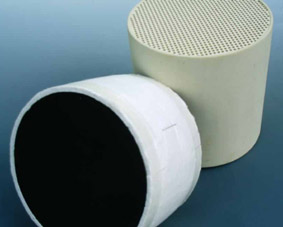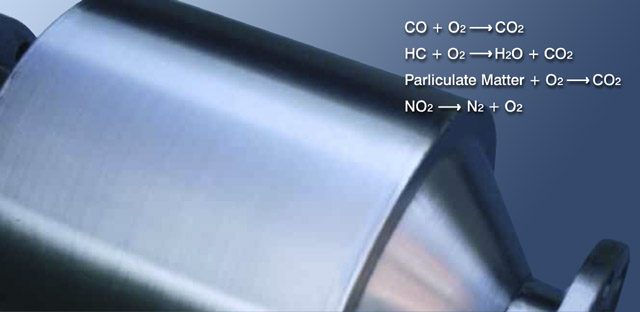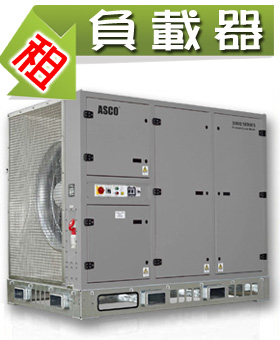工業設備技術領導者 (儲冰槽、冷卻水塔、發電機激磁系統)
Global Leader in Ice Thermal Storage
![]()
PX-Series diesel particulate trap:
Working in a similar way as DTWC, the CDPF catalysts show a significantly improved hydrocarbon performance at low exhaust temperatures due to the absorption on the HC trapping material. Since the absorption capacity is always limited and the HC traps have to be periodically regenerated by higher exhaust temperatures, this type of catalyst system is effective only at transient engine operation. The exact emission performance of catalyst depends on the catalyst size, exhaust temperature, and raw exhaust composition. A minimum temperature of about 180°C is required for conversion. Best catalyst performance occurs at temperatures above 250-300°C when the conversion of carbon monoxide and hydrocarbon exceeds 90%. The reduction of nitrogen oxides is negatively affected at higher temperature. Conversion of diesel particulate matter in the catalyst depends on the composition of the particulates and the sulfur content of the fuel. In application of PX-Series, equipped with porous ceramic particulate trap, achievable particulate matter reductions amount to over 90% in terms of mass. Low sulfur diesel fuel is strongly recommended for best catalyst performance because the formation of sulfate fraction at high temperature reduces finally the performance of particulate matter reduction. PHITECS® offers PX-Series diesel exhaust purifiers with the equivalent catalyst technologies which are engineered for different applications. PX-Series catalysts incorporating porous ceramic particulate trap are especially effective to trap and oxidize particulate matter. Therefore, PX-Series can be widely used to eliminate soot pollution in urban area generated by heavy-duty diesel engines.
Product Features
Least lifetime and chemical stability
Catalyst is a substance that accelerates the rate of a chemical reaction but remains unconsumed by the reaction. It participates in the chemical reaction but is neither a chemical reactant nor a chemical product. catalysts enable reactions to occur at lower temperatures because of changes that they induce in the reactants. Actually, catalysts provide an alternative pathway, one with a lower activation energy, for a reaction to proceed. Molecules that would not have had the energy to react or that have such low energies that it is likely that they would take a long time to do so are able to react in the presence of a catalyst. Catalysts inside of our catalytic purifiers are precious metals such as platinum, palladium and rhodium coated on the surface of ceramic honeycomb structures, a lifetime of more than 5 years or 100,000 km can be achieved without regular maintenance or manual regeneration because of a platinum protection layer. Chemical reactions take place converting the harmful exhaust gasesinto harmless compounds when exhaust molecules contact the catalysts. For PX-Series with particulate filter, particulate matter trapped in ceramic filter can be oxidized to carbon dioxide and water at lower temperatures because of lowered activation energy. In case of incorporation at continuous lower temperatures, filter direction is recommended to be changed after every 2,000 operation hours. For engine exhaust under the minimum start-up temperature, an extra heater is needed.
DOWNLOAD DATASHEET:
|
 |



